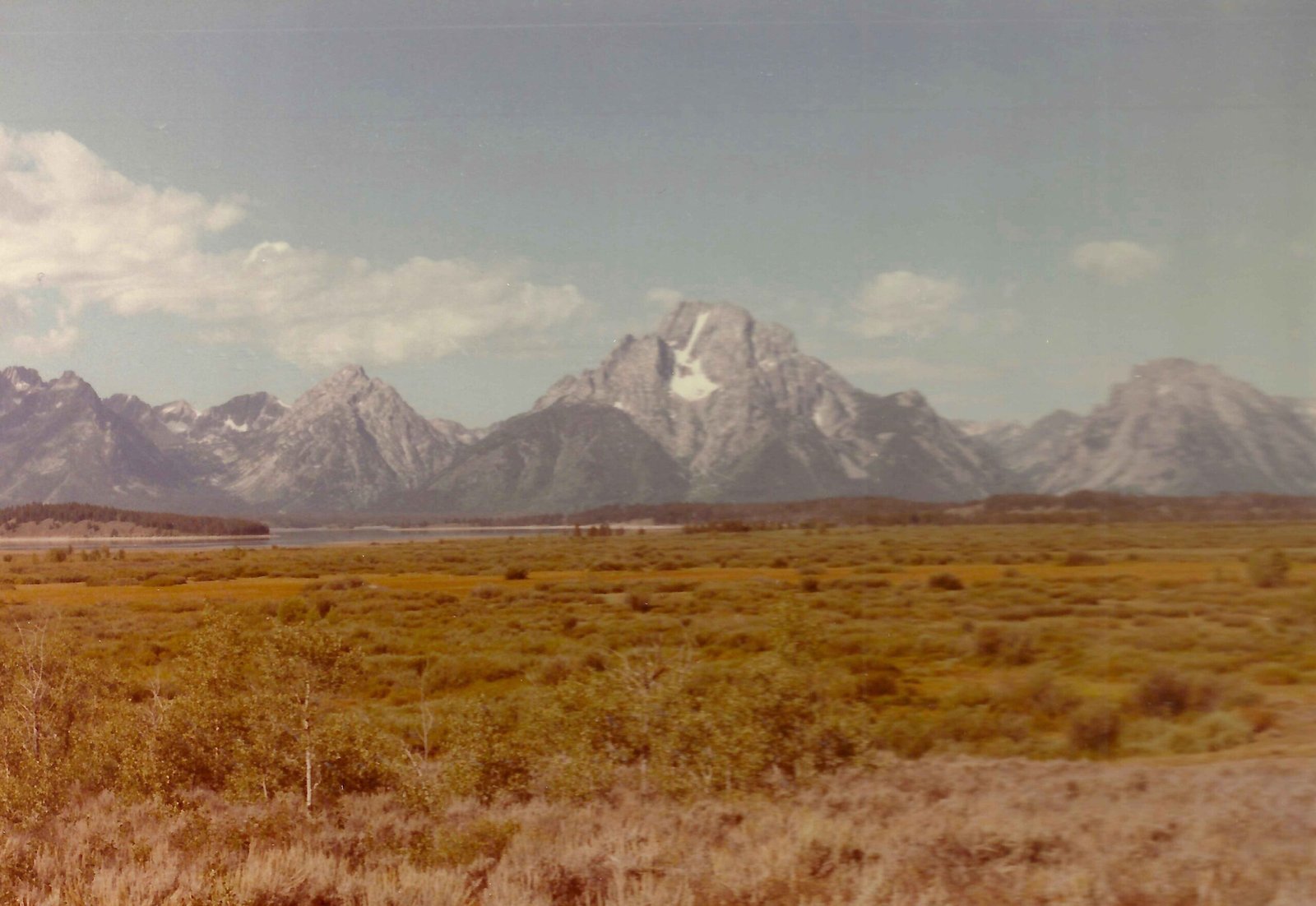Grand Teton National Park offers diverse drinking water resources for visitors, strategically located across its stunning landscape. Travelers can access potable water at multiple visitor centers, campgrounds, and select facilities, ensuring safe hydration while exploring the park’s breathtaking wilderness. Understanding water availability, quality, and access points is crucial for a successful and comfortable park experience.
Where Can Visitors Find Drinking Water?

What Are the Primary Water Refill Locations?
Grand Teton National Park provides multiple drinking water access points:
| Location | Water Availability | Seasonal Accessibility |
|---|---|---|
| Craig Thomas Discovery & Visitor Center | ✓ Bottle Refill Station | Year-round |
| Jenny Lake Visitor Center | ✓ Bottle Refill Station | Peak Season |
| Colter Bay Campground | ✓ Potable Water | May-September |
How Safe Is the Drinking Water?
The National Park Service maintains rigorous water quality standards:
- Regular Testing: Comprehensive water quality assessments
- EPA Compliance: Meets or exceeds federal drinking water regulations
- Treatment Processes: Advanced filtration and purification systems
What Should Backcountry Travelers Know?
Backcountry water management requires careful preparation:
- Carry water filtration devices
- Treat all natural water sources
- Bring sufficient water storage containers
- Understand local water source locations
Are There Water Restrictions?
Visitors must be aware of potential limitations:
- Seasonal facility closures
- Limited backcountry water access
- Potential drought-related restrictions
- Recommended water conservation practices
How Much Water Should Visitors Carry?
Recommended hydration guidelines:
- Day Hiking: 2-3 liters per person
- Moderate Temperature: 1/2 liter per hour of activity
- High Altitude/Extreme Heat: Increase water intake accordingly
Water Safety Tips

What Purification Methods Work Best?
Recommended water treatment techniques:
- Portable water filters
- Chemical purification tablets
- UV water purifiers
- Boiling water for minimum 1 minute
Can Visitors Rely on Natural Water Sources?
Warning: Natural water sources require careful evaluation:
- Always treat water from streams/lakes
- Use professional-grade filtration systems
- Avoid drinking untreated water
- Watch for potential contamination signs
Practical Recommendations
- Bring reusable water bottles
- Pack lightweight water filtration equipment
- Check visitor center information boards
- Follow park ranger hydration recommendations
What Are Potential Water-Related Challenges?
Potential issues include:
- Altitude-related dehydration
- Rapid water loss through perspiration
- Limited refill stations in remote areas
- Seasonal water source variations
Emergency Preparedness
- Carry extra water storage
- Know emergency contact information
- Understand basic wilderness survival techniques
- Stay informed about current park conditions
Pro Tip: Always prioritize hydration and water safety during your Grand Teton National Park adventure.
Reference:
– National Park Service Official Website
– Grand Teton Visitor Guide
– EPA Water Quality Standards

